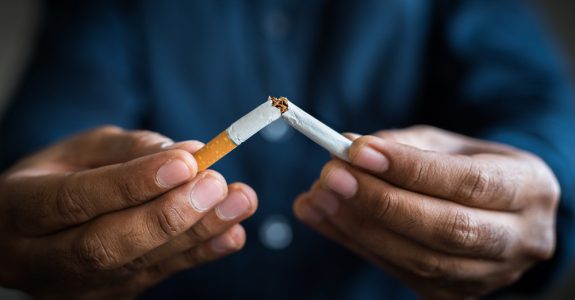Alex Cohen is the Director of Learning and Evaluation for the Richard M. Fairbanks Foundation.
School closure is among the most controversial interventions in education, and the issue is back in the spotlight with Indianapolis Public Schools’ recent vote to close or transition four high schools.
The impetus for the high school restructuring at IPS is the low enrollment at these schools, which led to the district operating mostly empty buildings. This has imposed a financial burden on the district and spread limited resources even thinner. The hope is that closing or restructuring high schools into middle schools and concentrating resources at only four high schools will lead to higher-quality schools, a healthier balance sheet and improved academic outcomes.
Will it?
The impacts of school closure, including district and charter schools, on student outcomes are well-studied, spanning national research and state- and city-specific analyses from Milwaukee, Ohio, New York City and Louisiana.
The answer? As with many interventions, the effects vary from setting to setting and depend a lot on implementation.
Take the example of Louisiana. Researchers there studied district and charter school closures in Baton Rouge and New Orleans, and they found different effects across cities. While high school students in New Orleans saw positive effects from closures, high school closures in Baton Rouge led to lower graduation rates and reduced rates of college entry.
The researchers also found that the impacts hinged critically on where students went after their school closed. Not surprisingly, those who went to better schools—i.e., schools where students traditionally have higher academic growth rates—were better off after closure, while students who went to worse schools were worse off post closure.
There are two lessons we can take from this research.
The first is that proper implementation of school closure plans can help ensure positive impacts. For example, the district can ensure students from closed schools are redirected toward better-performing schools. Efforts to minimize the disruptions caused by transitioning to a new school—new peer groups, new teachers, transportation difficulties—should also be helpful.
Second, given that cities and states differ in their educational environments and closure plans themselves vary from place to place, evaluating the impact of school closures in each setting is important. This helps decision makers identify what is—and isn’t—working in their area.
It would be straightforward to replicate the analyses from other cities and states—which involves comparing students in closed schools before and after closure to similar students in schools that did not close—here in Indianapolis.
The need for thoughtful efforts to improve academic outcomes in IPS is clear. For example, at 3 of the 4 affected high schools, non-waiver graduation rates were between 42% and 55%, relative to a state public school average of 82%. It is also important to strengthen the financial health of IPS so that scarce resources can be allocated for optimum effects. While we won’t know the impacts any time soon, IPS’s high school restructuring represents a deliberate attempt to improve outcomes for students and put them on a better path for success later in life. And given the available research on school closure, there’s plenty of possibility that it will work.



